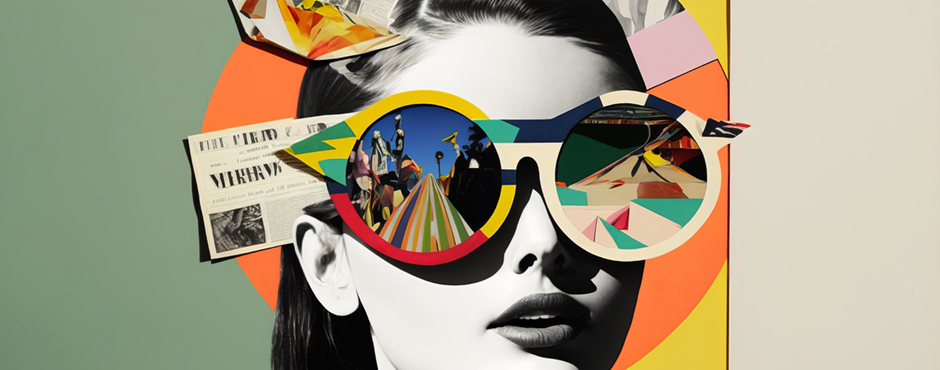In the creative sphere of trend forecasting, the phrase “timing is everything” holds particular weight. Being on-trend, or even better, a trendsetter, is not just an added bonus—it’s an essential part of the job. Whether you’re designing product packaging, concocting compelling social media campaigns, or producing engaging TV ads, understanding and forecasting trends is an indispensable part of your role.
From Trend Following to Trend Forecasting: The Shift in Creative Navigation
However, being on trend is about more than just keeping up with the latest fads—it’s about being attuned to the subtle shifts and changes, staying a step ahead of the curve. Is this a talent only a select few possess? Not quite.
Keeping up with trends isn’t about having a unique skill set—it’s about dedicating time and effort to stay informed and observant. It’s about distinguishing between what’s simply popular and what’s truly trend-setting, and recognizing when an idea has run its course to anticipate what’s next. Here are some strategies to keep you ahead in the trend game:
- Diversify Your Sources: Engage with a broad range of content from diverse sources—the more eclectic, the better. Time constraint? Don’t restrict yourself to written content; turn to audiobooks and podcasts to keep up with the latest developments. Not all information will be immediately relevant, but building a rich knowledge base is the first step toward identifying emerging trends.
- Harness Digital Tools: The internet is more than a browsing tool—it’s a treasure trove of insights. Explore online stores, social media trends on platforms like Instagram, and utilize Google trend reports. The advent of AI has also simplified trend tracking and analysis, so leverage these tools to stay informed.
- Cultivate Curiosity: Whether you’re traveling, enjoying a leisurely walk, or simply observing your surroundings, stay alert and curious. Pay attention to people, cars, colours, styles—take note of what’s happening around you.
- Draw Connections: Identify commonalities across different sectors such as fashion, food, automotive, consumer electronics, leisure, etc. Linking these seemingly disparate elements can help you spot a potential trend that’s about to make a big splash.
Remember, trends often originate in a specific context. If the idea gains traction, it’s adopted and applied across various categories. Take the example of bamboo, which was a trendy material a few years back. It’s still popular today, but is it trend-setting? Or has it transitioned into the mainstream?
Navigating the trend landscape is a nuanced process, requiring a vigilant eye, keen observation, and continuous learning. How do you identify and stay on top of trends? I’d love to hear your experiences and techniques.
Stay ahead, stay on trend, and above all, stay curious! Keep the wheels of innovation turning, and remember—the next big thing could be just an idea away.

